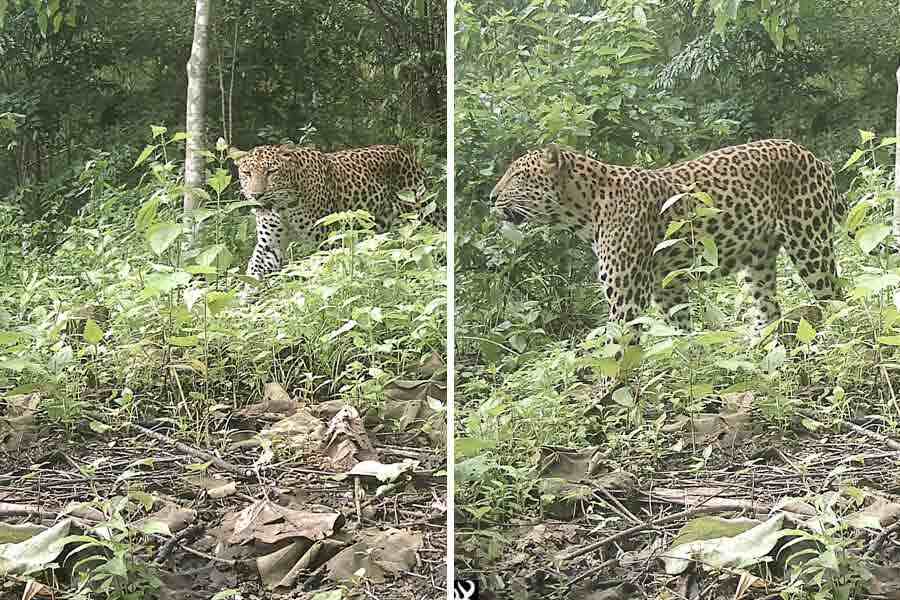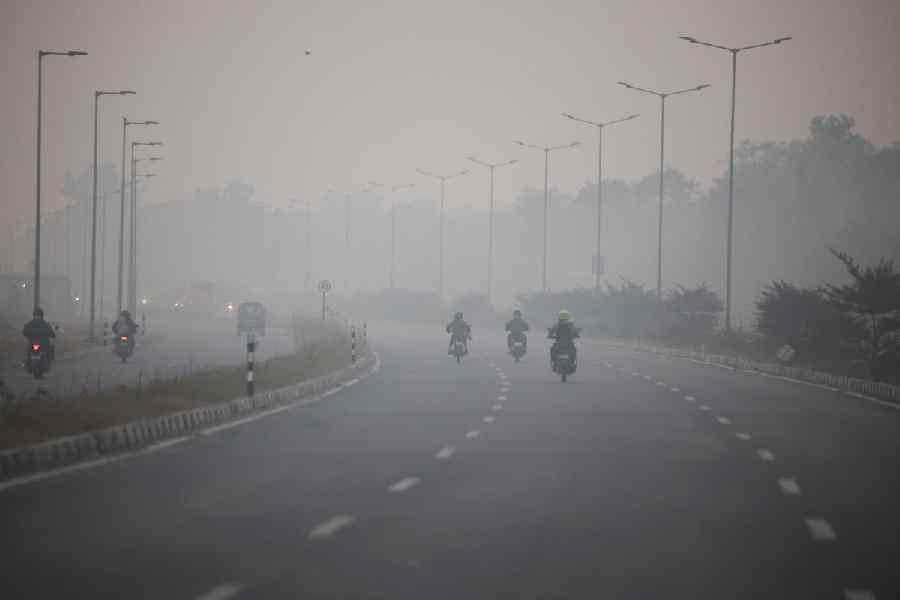A leopard captured on trap cameras in Bangladesh’s Chittagong Hill Tracts have sparked optimism among wildlife conservationists battling to protect one of the country’s most critically endangered carnivores.
The images, released by the nonprofit Creative Conservation Alliance (CCA), show the big cat emerging from dense forest undergrowth, offering rare visual proof that leopards still roam the country’s southeastern hills bordering India and Myanmar.
“This is evidence that these elusive big cats still persist,” the CCA said in a statement, sharing the images as a moment of celebration and concern.
Speaking to AFP, Sourav Chakma, a research officer at the CCA, said the photographs were encouraging but also a reminder of how precarious the species’ future remains. “We have to ensure the protection of the species so that it doesn't become extinct,” Chakma said.
Leopards are listed as “Vulnerable” by the International Union for Conservation of Nature (IUCN), but in Bangladesh, where over 170 million people live, the species is designated as “Critically Endangered.”
The country has experienced habitat degradation in recent decades, in forested regions, shrinking the leopard’s already limited range.
Historically, leopards were widespread across forested parts of Bangladesh, but experts cite habitat loss, declining prey populations, and poaching as the key threats driving their local extinction.
The leopard’s relative in stealth, the clouded leopard (Neofelis nebulosa), is another species drawing attention from conservationists in the country.
A clouded leopard was last seen in December, 2024.
Though not recorded in Bangladesh’s current species list, sightings and evidence from camera traps are prompting renewed interest in tracking its population.
Last year, Mongabay reported that camera traps and wildlife surveys are gradually revealing previously overlooked species, including the clouded leopard, in Bangladesh.
In a recent survey, Bangladesh’s tiger population showed a modest increase, from 114 in 2019 to 125 in 2024, the challenge for leopards, both common and clouded, is far more urgent.
With two elusive species of leopard now caught on film in the hills of southeastern Bangladesh, conservationists have urged policymakers to expand monitoring and strengthen protection in the region’s remaining natural forests.












